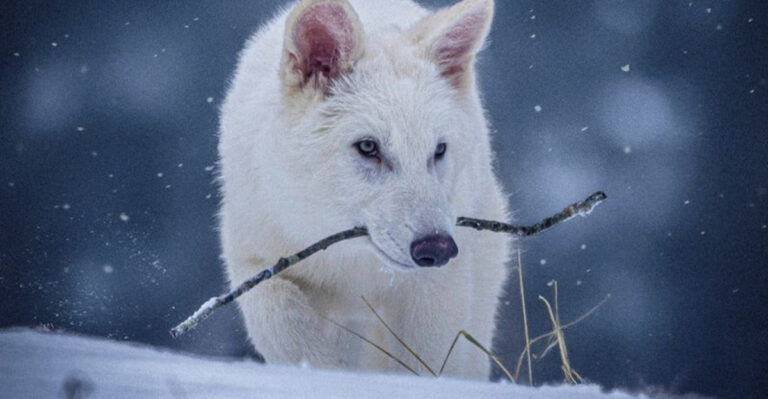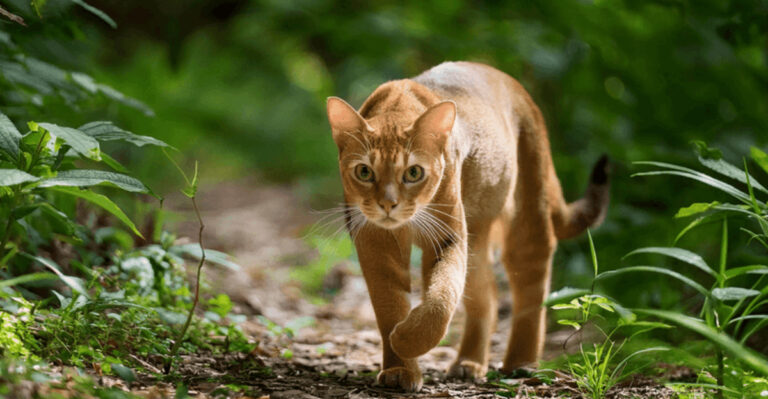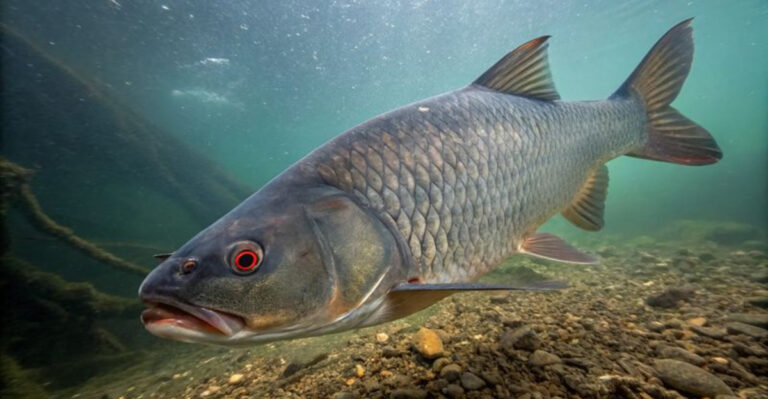Incredible Macro Shots Of Insects Up Close And Fascinating Facts About Them
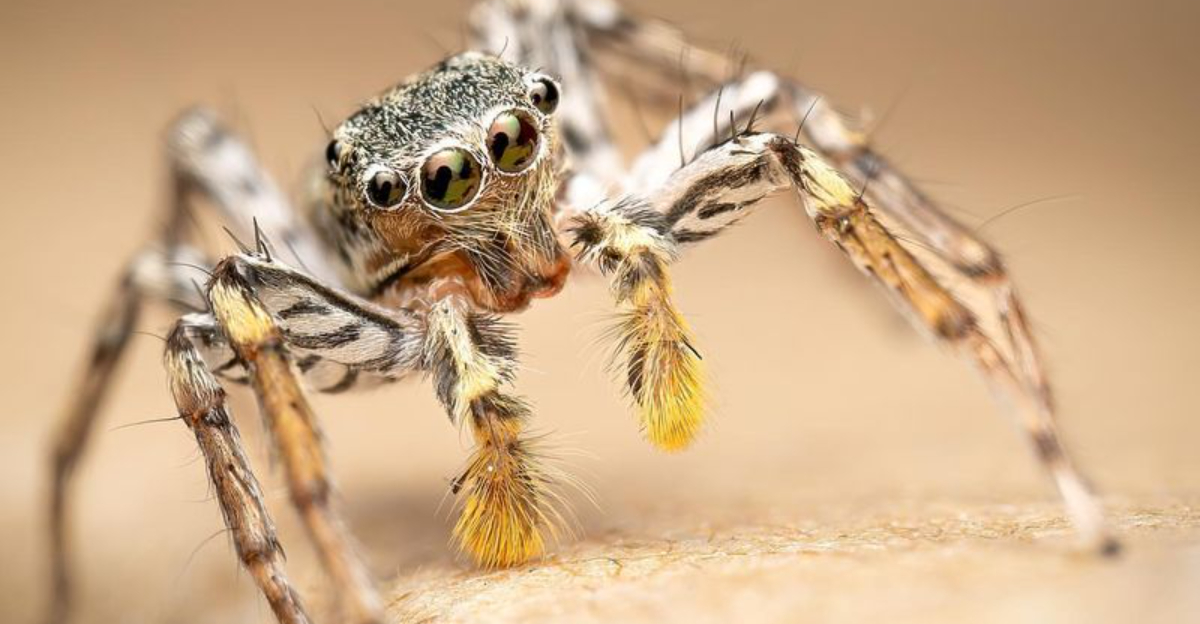
The intricate world of insects, often invisible to the naked eye, reveals astonishing details when viewed through the lens of macro photography. These close-up images uncover the hidden beauty and complexity of these tiny creatures.
From the delicate wings of a butterfly to the mesmerizing patterns on a beetle’s back, each photograph offers a unique glimpse into nature’s artistry. Join us as we explore these incredible macro shots of insects, each paired with fascinating facts that shed light on their unique behaviors and characteristics.
1. Praying Mantis
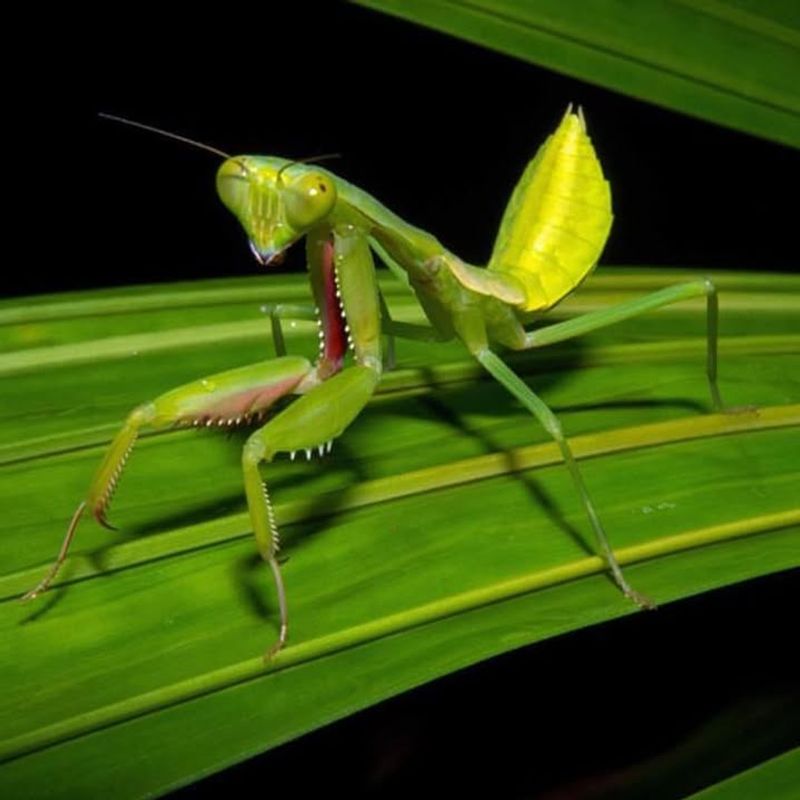
The praying mantis is a master of camouflage, often blending seamlessly into its surroundings. Its unique posture, with forelegs clasped together, resembles a creature in prayer. Observing the mantis up close reveals its intricate compound eyes, providing a wide field of vision.
The forelegs are not just for show; they’re powerful tools for capturing prey. Mantises are patient hunters, often waiting motionless for unsuspecting insects to wander by. Did you know some species of mantis can even catch small birds? Their adaptability is truly fascinating.
2. Ladybug
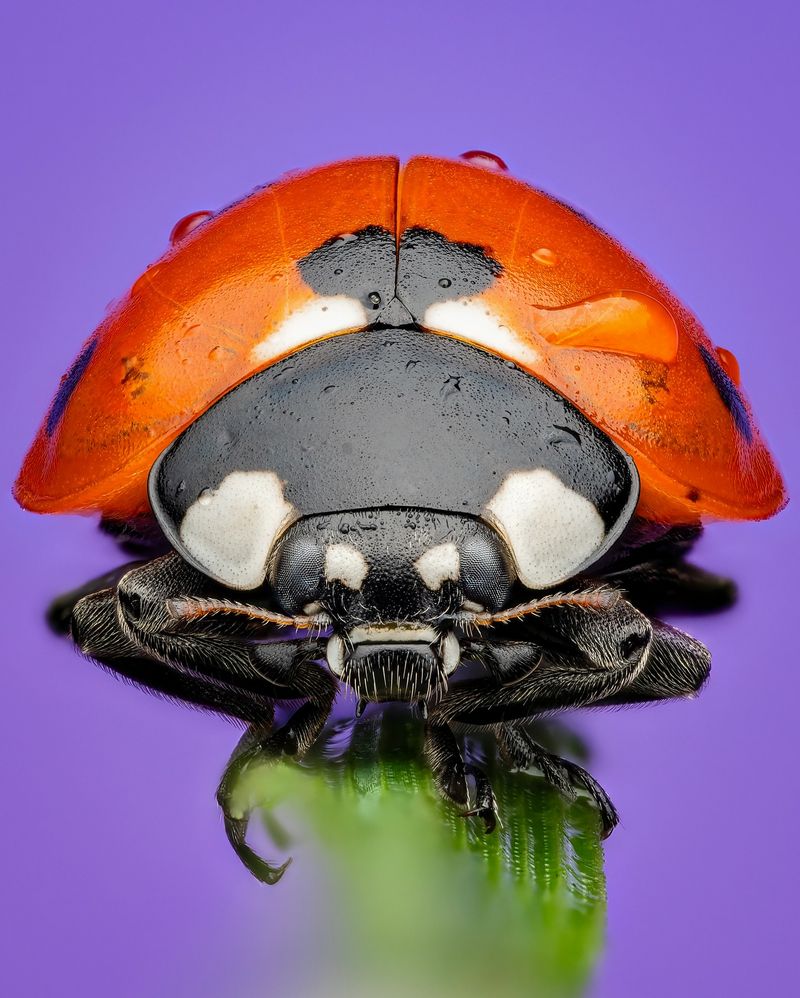
Ladybugs are more than just charming garden visitors. Their vibrant red shells dotted with black spots make them instantly recognizable. These tiny beetles are natural pest controllers, feasting on aphids and other harmful insects.
A closer look reveals the glossy sheen of their exoskeleton, which serves as a protective layer. Ladybugs can emit a foul-smelling fluid from their legs to deter predators. This defense mechanism is vital for their survival.
3. Dragonfly
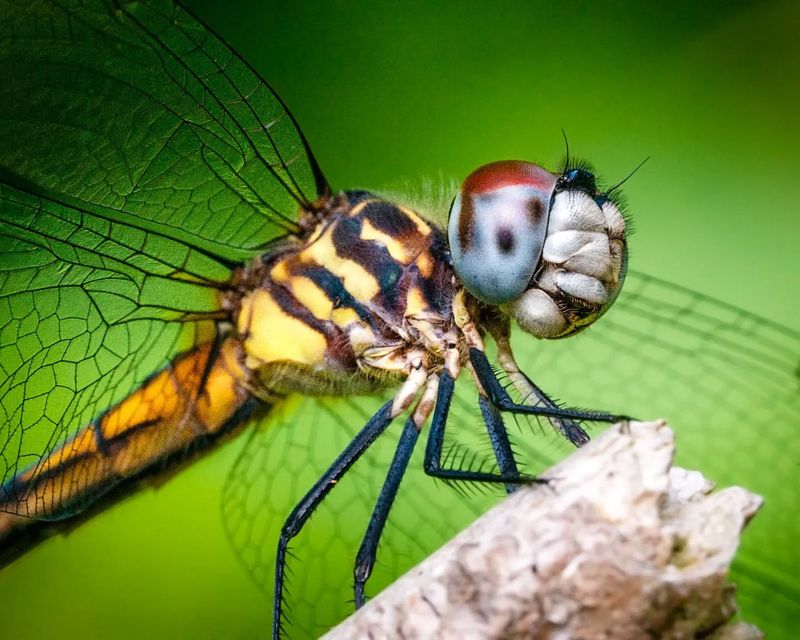
Dragonflies are aerial acrobats, known for their agile flight and swift movements. Their wings, when viewed up close, reveal a complex network of veins. This structure not only aids in flight but also provides strength. Dragonflies have a unique lifecycle, spending years underwater as nymphs before emerging as adults.
Their compound eyes, covering most of their head, enable them to detect movement from all directions. This visual advantage is crucial for hunting and avoiding predators. Did you know that dragonflies can fly backward? Their aerial prowess is truly remarkable.
4. Butterfly
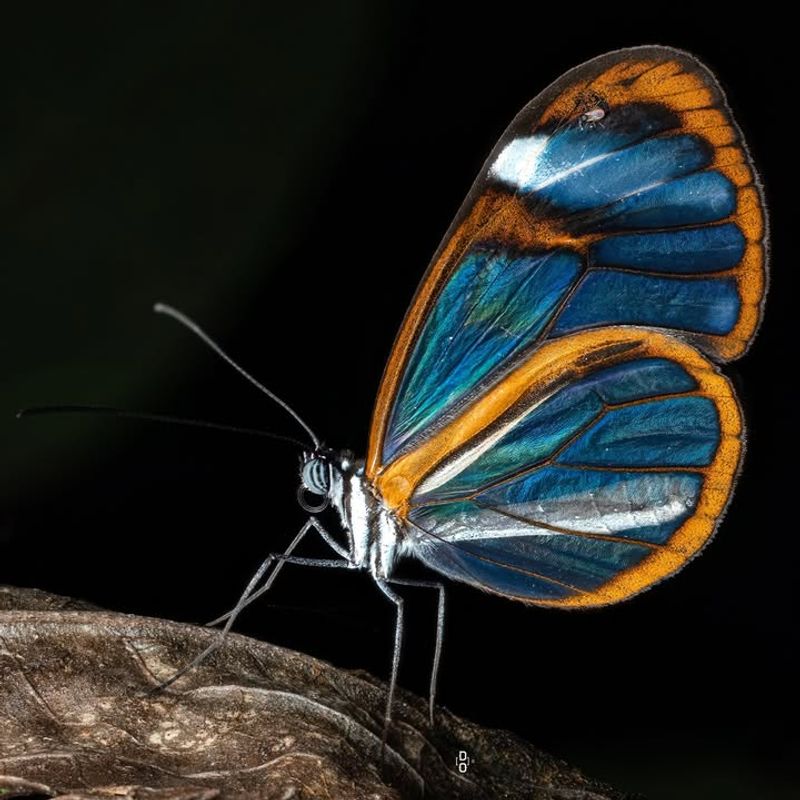
Butterflies are synonymous with transformation and beauty. Up close, their wings are covered in tiny scales, creating vibrant patterns and colors. These scales serve multiple purposes: attracting mates, camouflage, and even thermoregulation.
Butterflies play a crucial role in pollination, helping plants reproduce. Have you ever wondered why butterflies bask in the sun? It’s to regulate their body temperature, essential for flight.
5. Bee
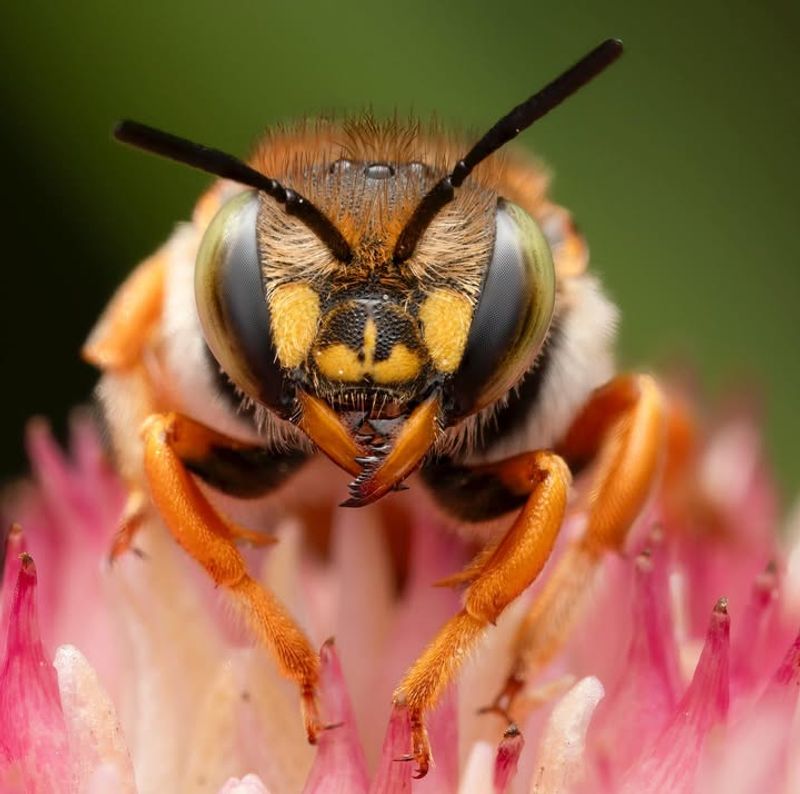
Bees are vital pollinators, playing a significant role in our ecosystem. A close-up look reveals their fuzzy bodies, which are adept at picking up pollen. Their legs are equipped with pollen baskets, used to transport floral rewards back to the hive.
Bees communicate through ‘waggle dances,’ an intricate way of conveying information about the location of food sources. This behavior highlights their complex social structures. Despite their small size, bees are essential for food production and biodiversity.
6. Ant
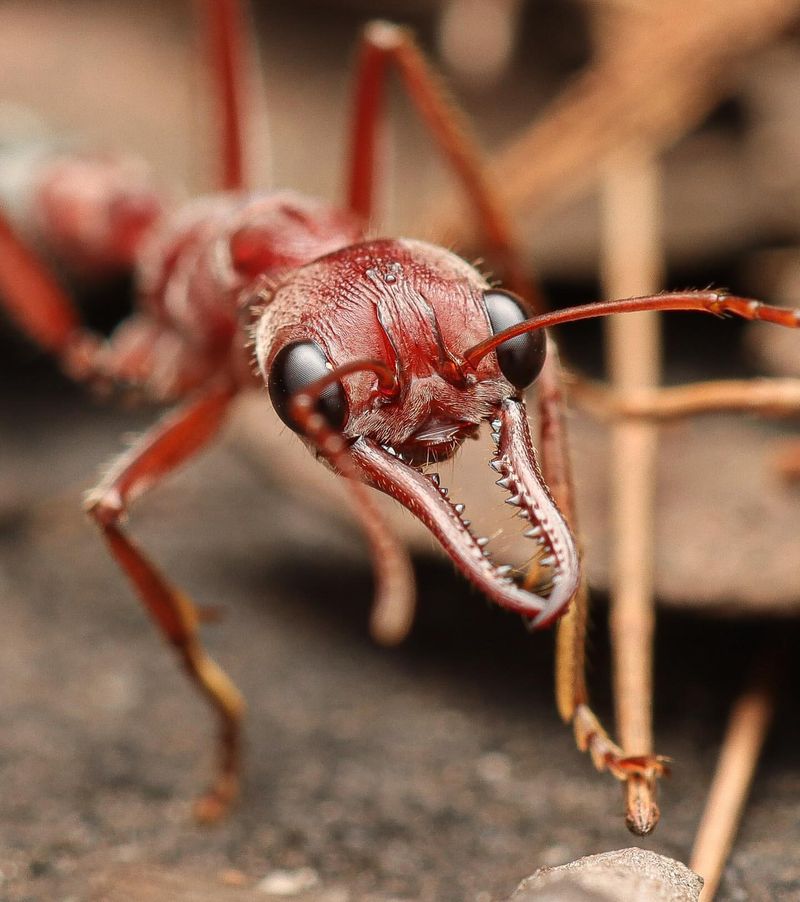
Ants are industrious creatures, known for their teamwork and complex societies. A macro view of an ant reveals its segmented body and powerful mandibles, essential for carrying food and materials. Ants communicate using pheromones, able to signal danger, food, or the need for assistance.
This chemical language is fundamental to their survival. Ant colonies exhibit a division of labor, with distinct roles for workers, soldiers, and queens. Did you know some ants can lift objects 50 times their body weight? Their strength and efficiency are truly commendable.
7. Mosquito
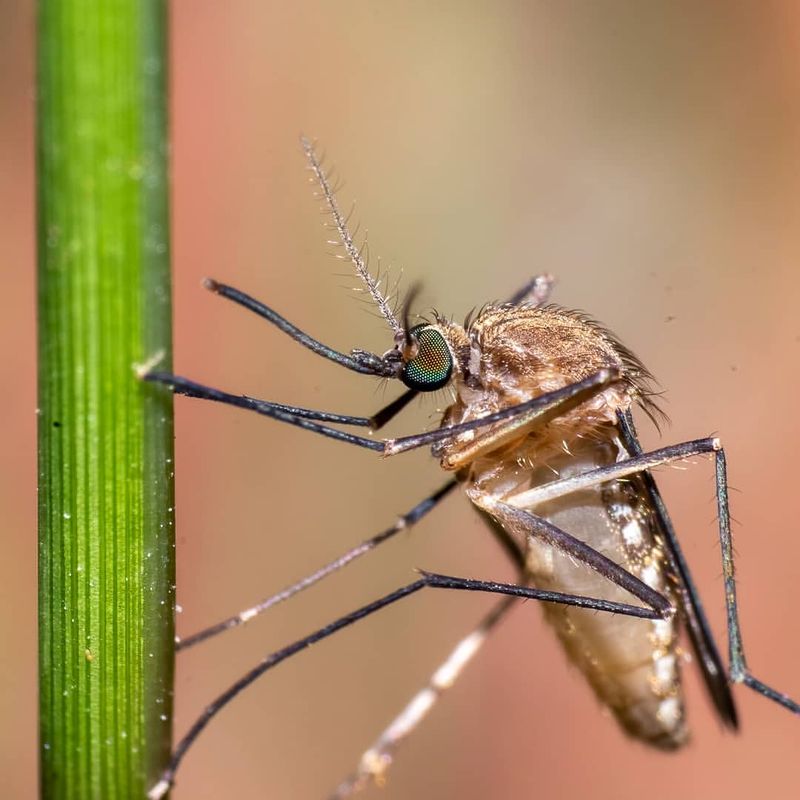
Mosquitoes, though often seen as pests, have a role in various ecosystems. A close examination reveals their needle-like proboscis, adapted for piercing skin and sucking blood. This feeding method supports their lifecycle, providing nutrients for egg production.
While they are vectors for diseases, they also serve as food for other wildlife. Understanding mosquitoes helps in managing their populations. Did you know only female mosquitoes bite? They require blood for reproduction, highlighting their unique biology.
8. Grasshopper
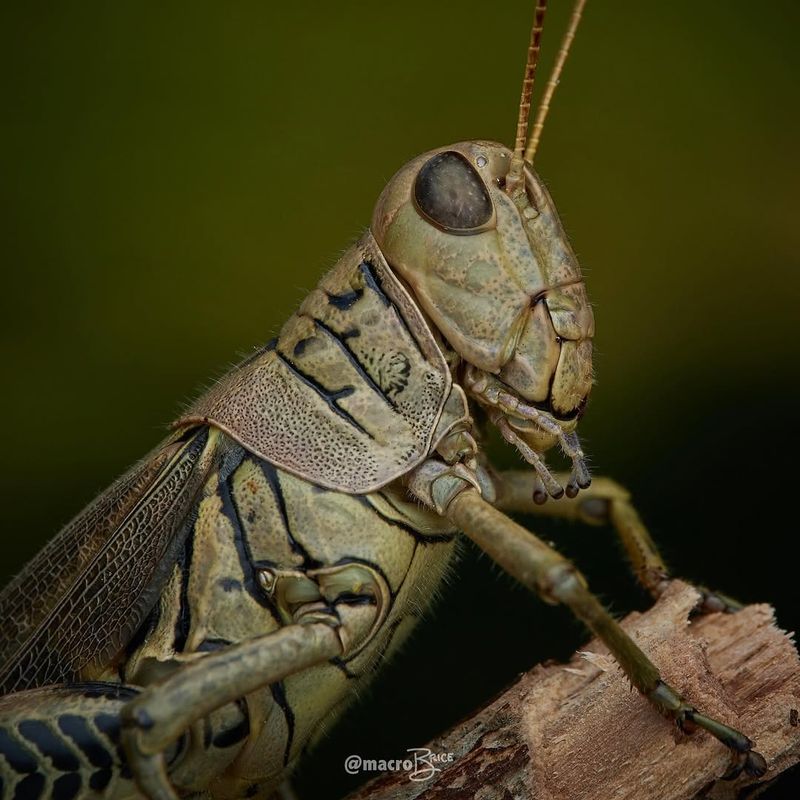
Grasshoppers are known for their powerful hind legs, enabling them to leap great distances. Up close, these legs reveal an intricate structure designed for propulsion. Grasshoppers’ antennae are sensory organs, crucial for detecting changes in the environment.
They are plant-eaters, with strong mandibles for chewing vegetation. Grasshoppers are also known for their stridulation, a sound produced by rubbing their hind legs against their wings. This behavior is used for communication and attracting mates.
9. Jumping Spider
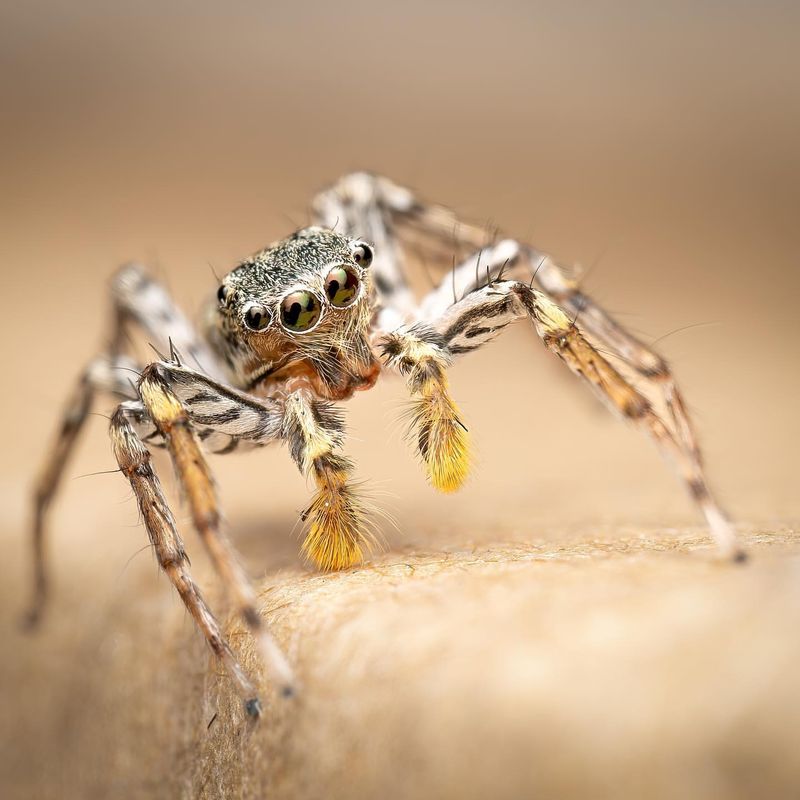
Jumping spiders are fascinating arachnids, known for their excellent vision and agile movements. A macro shot highlights their prominent eyes, providing a near 360-degree field of view. This visual prowess aids in hunting and navigation.
Unlike many spiders, they don’t rely on webs; instead, they stalk and pounce on their prey. Their hairy legs enhance their grip and sensory perception. Jumping spiders exhibit complex behaviors, including courtship dances.
10. Firefly
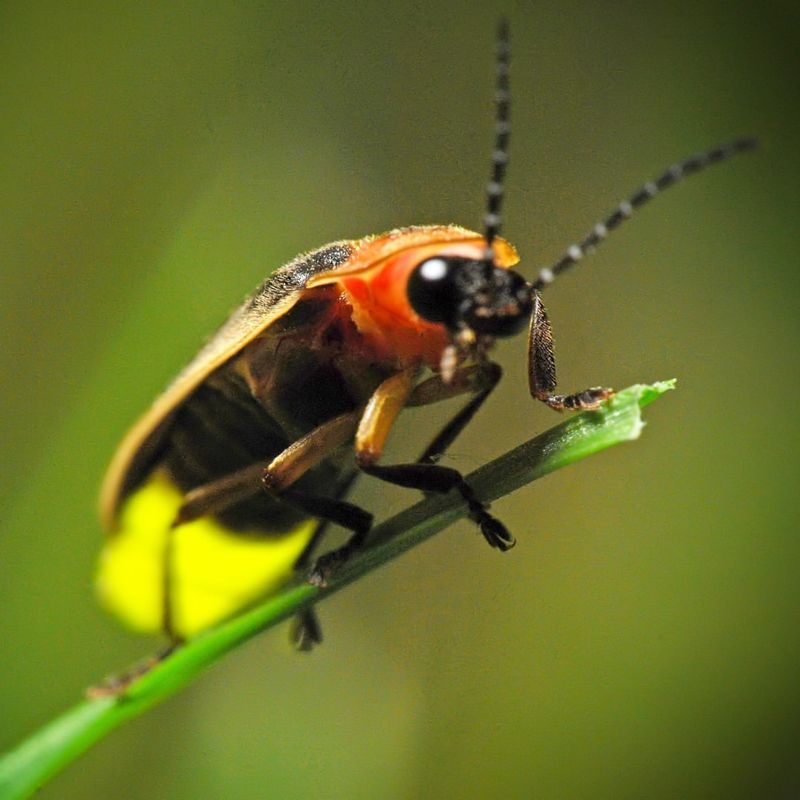
Fireflies are nature’s lanterns, known for their bioluminescent glow. Up close, one can observe the light organ located in their abdomen. This organ produces light through a chemical reaction involving luciferin and luciferase.
Fireflies use their glow to attract mates and communicate. The rhythmic flashing patterns are unique to each species, ensuring successful mating. Fireflies also serve as indicators of environmental health, as they thrive in clean habitats.



